The History of Hot Tubs
The history of hot tubs dates back thousands of years to ancient civilizations, where people used natural hot springs and other bodies of water for therapeutic and social purposes.
The modern hot tub, as we know it today, has its roots in the 1950s and 1960s, when portable fibreglass and acrylic tubs became popular. These early hot tubs were often used for recreational and social purposes and were often found at hotels, resorts, and other public places.
Hot tubs have evolved and improved in design and functionality
Over the years, hot tubs have evolved and improved in design and functionality. Today, hot tubs are made from a variety of materials including acrylic, fiberglass, and high-density polyethylene, and come equipped with a range of features such as jets, lights, and music systems. Hot tubs are also used for a variety of purposes, including relaxation, therapy, and exercise.
In recent years, hot tubs have gained in popularity and are now found in many homes around the world. They are enjoyed by people of all ages and are often used for relaxation, socialization, and physical therapy.
Hot Tub Statistics
Here are some interesting statistics about hot tubs:
- According to the Hot Tub and Swim Spa Industry Council, the global hot tub market was valued at $4.24 billion in 2020 and is expected to reach $6.59 billion by 2025, growing at a CAGR of 8.9% during the forecast period.
- In the United States, it is estimated that there are over 10 million hot tubs in use.
- According to a survey conducted by the National Swimming Pool Foundation, about 70% of hot tub owners use their hot tubs for relaxation and stress relief, while about 60% use them for socialization and entertainment.
- The average cost of a hot tub is around $4,500, but prices can range from $2,000 to over $10,000 depending on the size, features, and materials used.
- Hot tubs require a significant amount of energy to operate, with the average hot tub using around 1,500 to 2,000 kilowatt hours per year.
- According to the Hot Tub and Swim Spa Industry Council, the average lifespan of a hot tub is around 15 years, but with proper care and maintenance, it can last longer.
- Hot tubs can be found in a variety of shapes and sizes, with the most popular size being 6 to 8 feet in diameter and seating 4 to 6 people.
- Hot tubs are often made from materials such as acrylic, fiberglass, and high-density polyethylene, and can be powered by electricity, natural gas, or propane.
- Hot tubs come equipped with a range of features, including jets, lights, music systems, and waterfalls. Some high-end models even have features such as built-in televisions and sound systems.
- According to the Hot Tub and Swim Spa Industry Council, hot tub owners use their hot tubs an average of twice a week.
10 Amazing Things about Hot Tubs
- Hot tubs can help improve circulation and alleviate muscle soreness. The buoyancy of the water and the massaging jets can help relax muscles and increase blood flow, which can help reduce inflammation and swelling.
- Hot tubs can help lower blood pressure. Soaking in a hot tub can help relax blood vessels and lower blood pressure, which can be beneficial for people with hypertension.
- Hot tubs can boost the immune system. The warm water and steam in a hot tub can help improve respiratory function and increase the production of white blood cells, which can help boost the immune system.
- Hot tubs can improve sleep. Soaking in a hot tub before bed can help relax the body and mind, which can lead to better sleep.
- Hot tubs can help with weight loss. The buoyancy of the water can make it easier to perform exercises, and the heat can help increase metabolism, which can lead to weight loss.
- Hot tubs can be energy-efficient. Many modern hot tubs are designed to be energy-efficient, and some models even have energy-saving features such as insulating covers and energy-efficient pumps.
- Hot tubs can be used year-round. While hot tubs are often associated with warm weather, they can actually be used year-round with the use of a good-quality cover and heater.
- Hot tubs can be expensive to operate. While the initial cost of a hot tub may be high, the ongoing operating costs can also be significant, as hot tubs require a lot of energy to heat and maintain the water temperature.
- Hot tubs can be dangerous if not used properly. It is important to follow safety guidelines when using a hot tub, including not drinking alcohol while using the hot tub and not staying in the hot tub for too long.
- Hot tubs can attract insects. The warmth and humidity of a hot tub can attract insects, so it is important to keep the area around the hot tub clean and free of debris to prevent infestations.
Summing Up
Hot tubs have been around for thousands of years, and they have been used for their therapeutic effects. In the present day, hot tubs are a popular way to relax, have fun, and stay warm during the cold winter months. Despite their modern popularity, the history of hot tubs dates back much further than many people realize.
Further Reading and Resources
- 5 Things to Consider When Buying A Spa
- Choosing the Perfect Hot Tub Gazebo or Enclosure
- Top 10 Spa Health Benefits
- Spa & Swim Spa Do's and Don'ts
- Balancing Spa pH Levels
- What causes hot tub scum
- A guide to spa water temperature
- Spa clear user guide
- Spa safety considerations
- Spa water temperature guide
- How to prevent spa algae
- Keeping your spa water balanced
- Starting the spa with new water













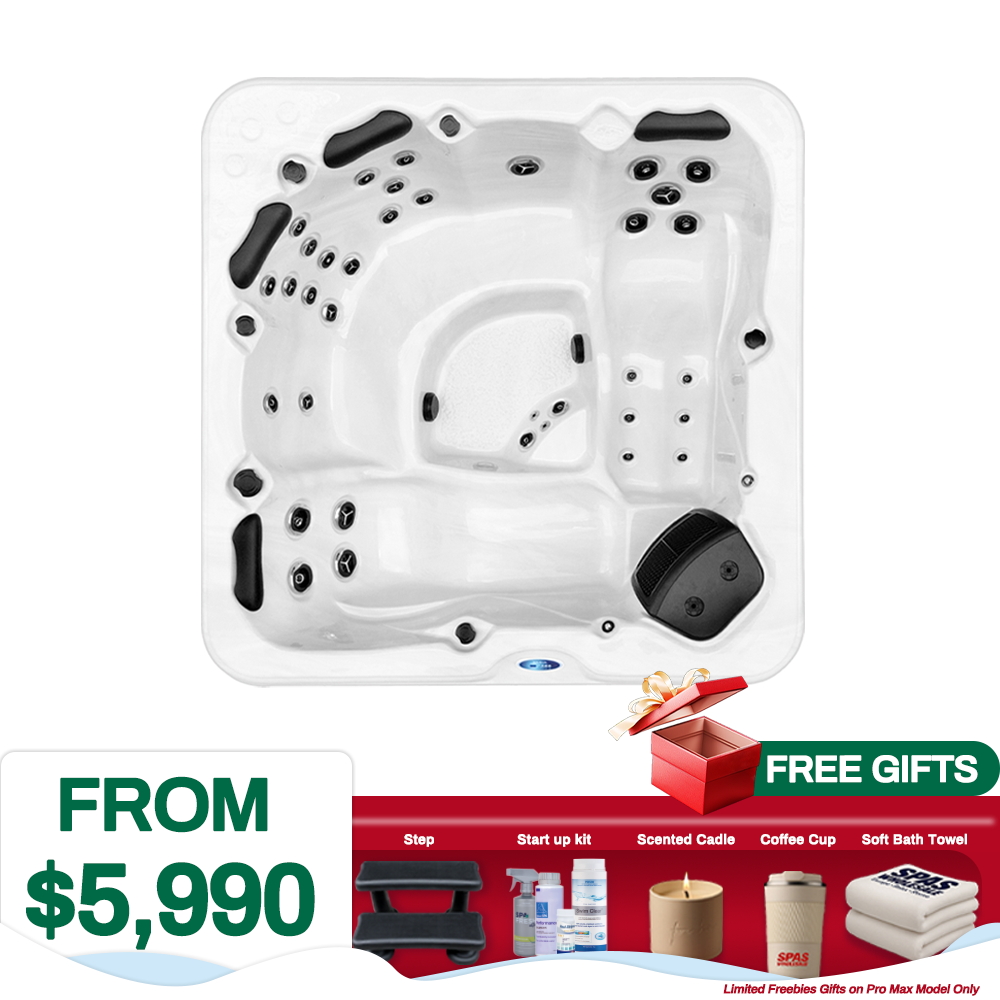



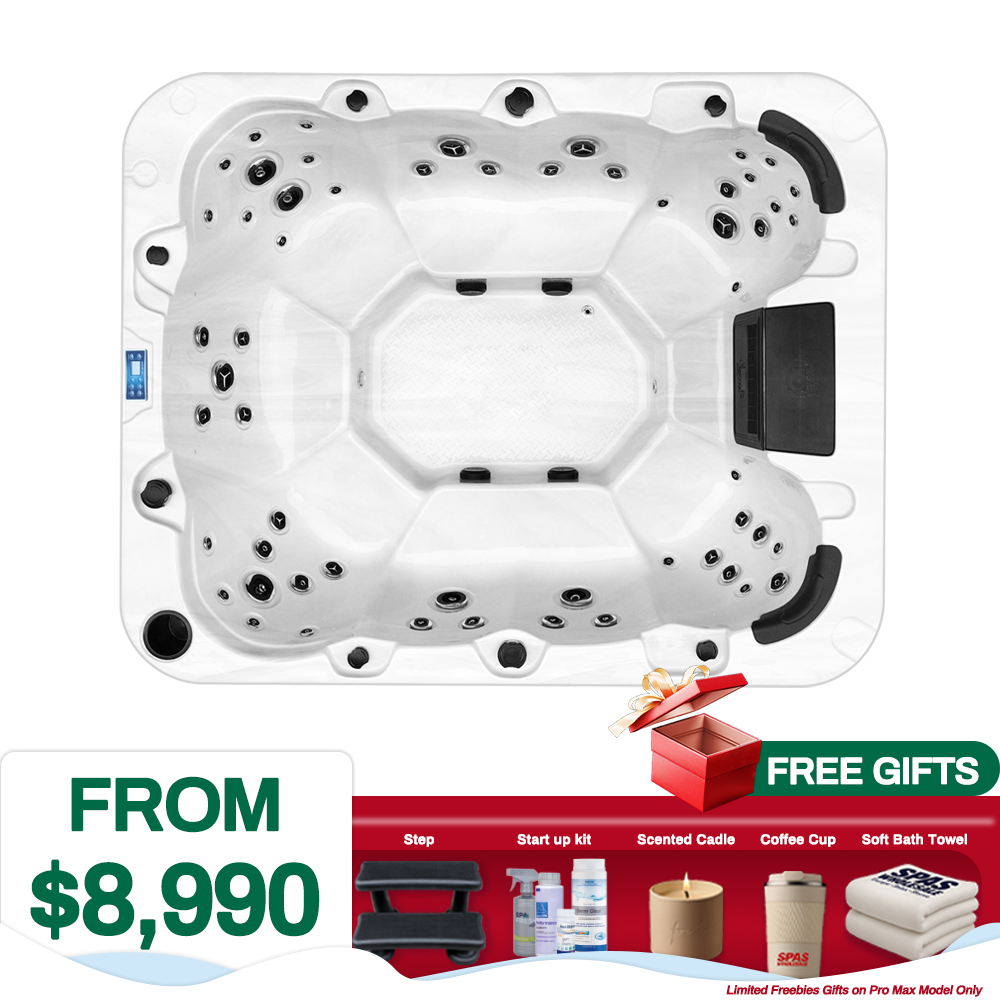
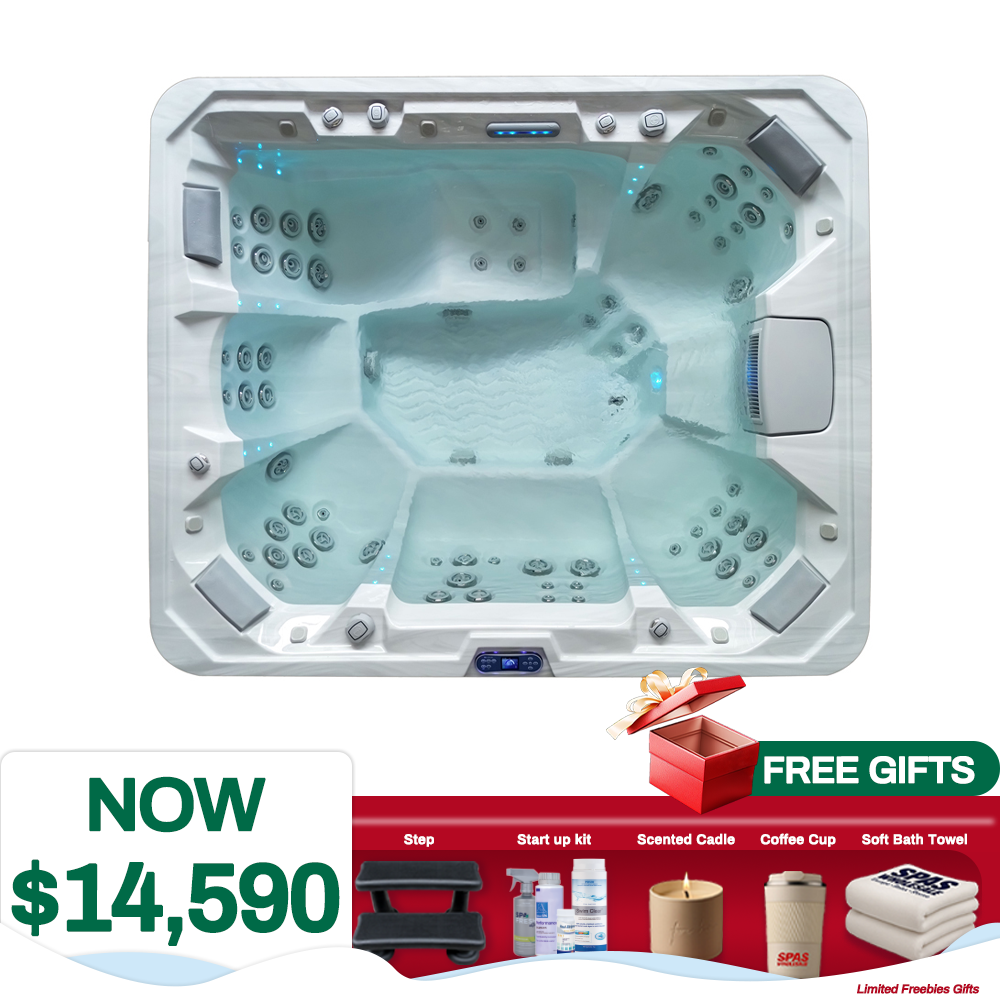
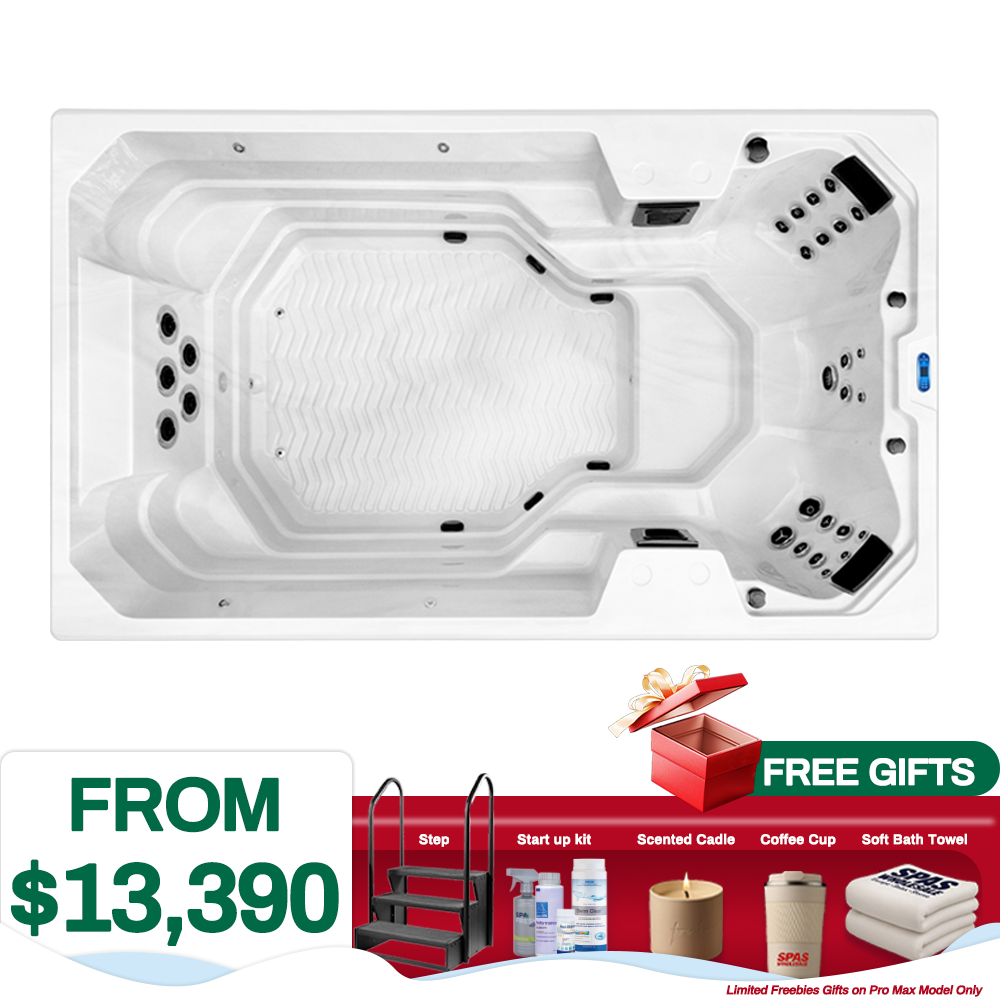
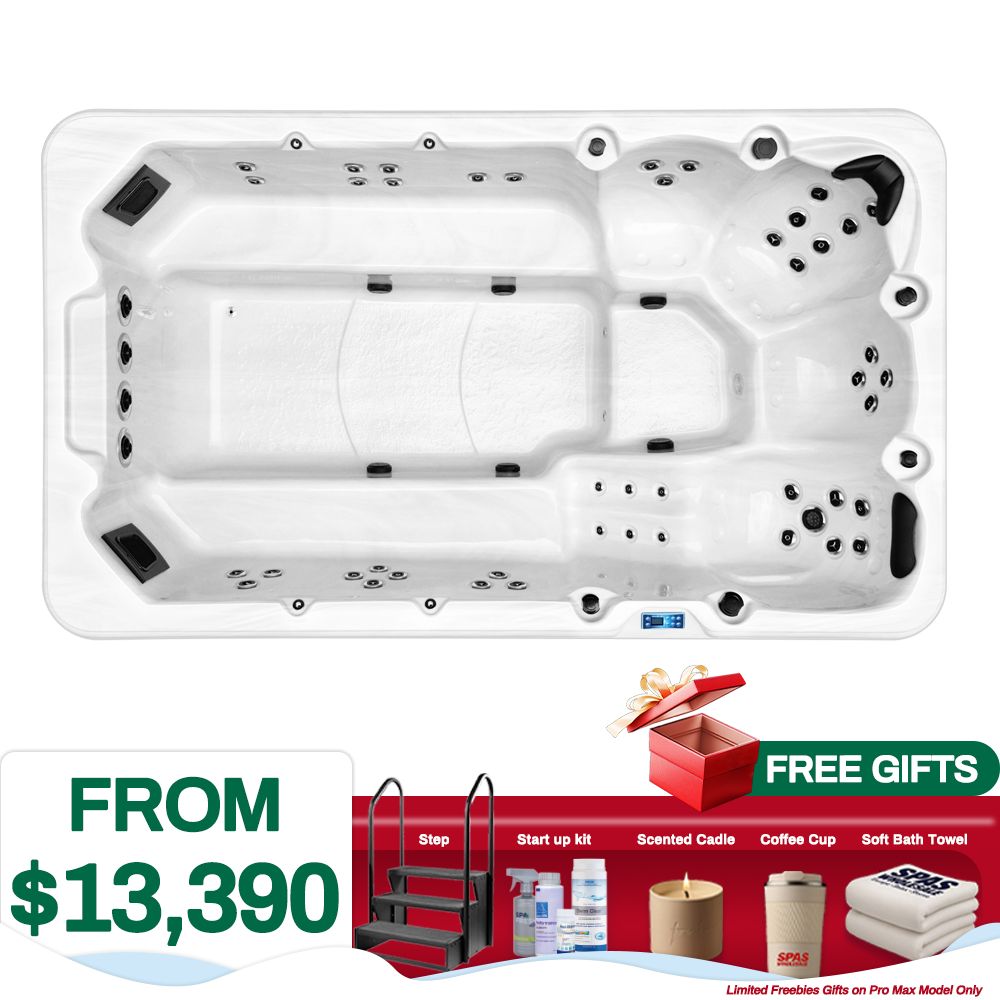




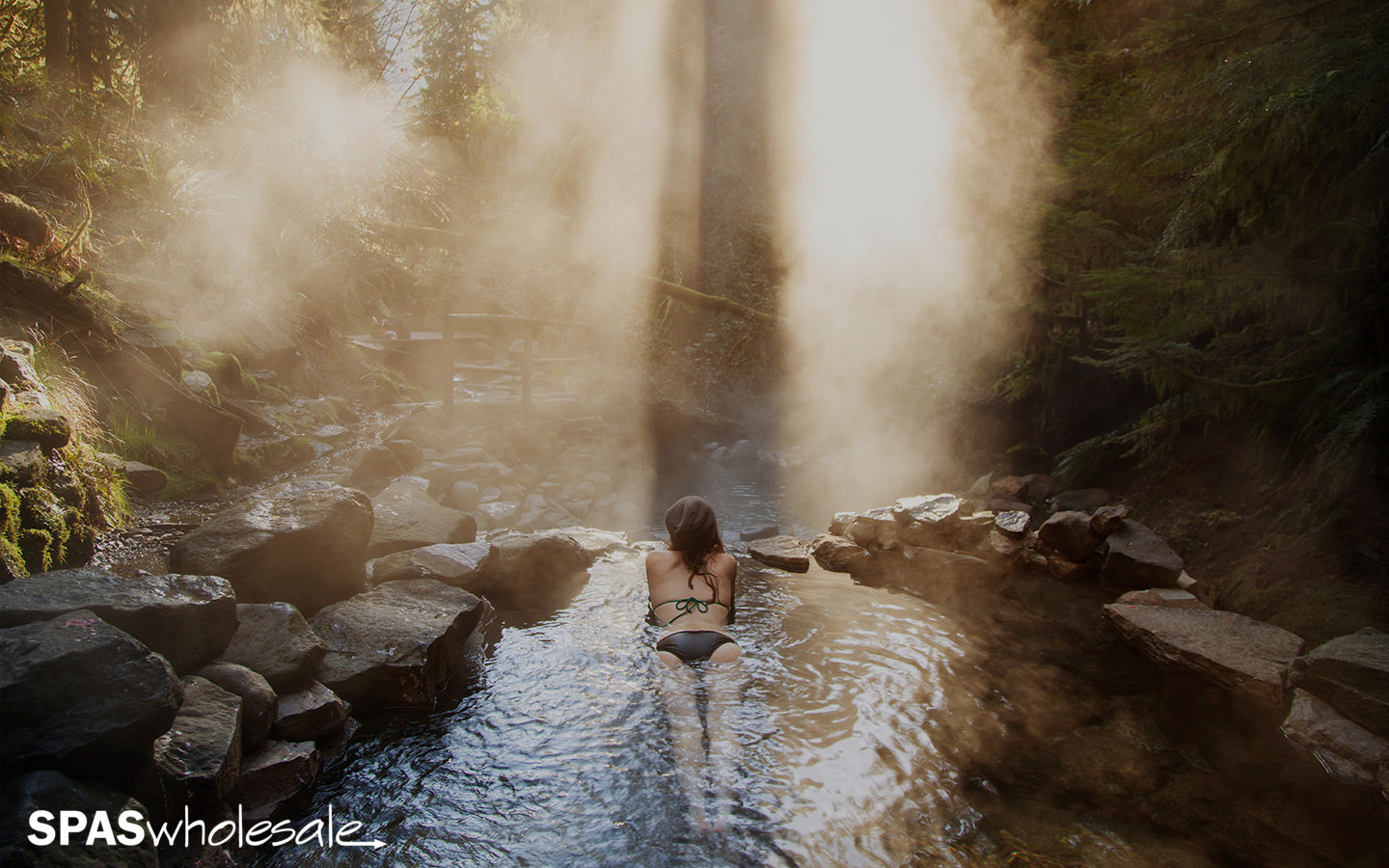

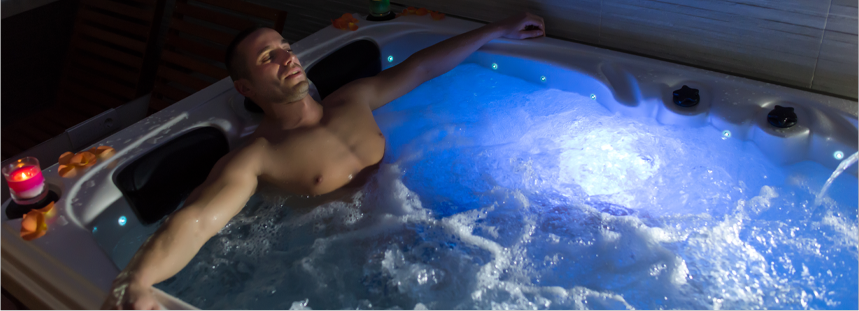
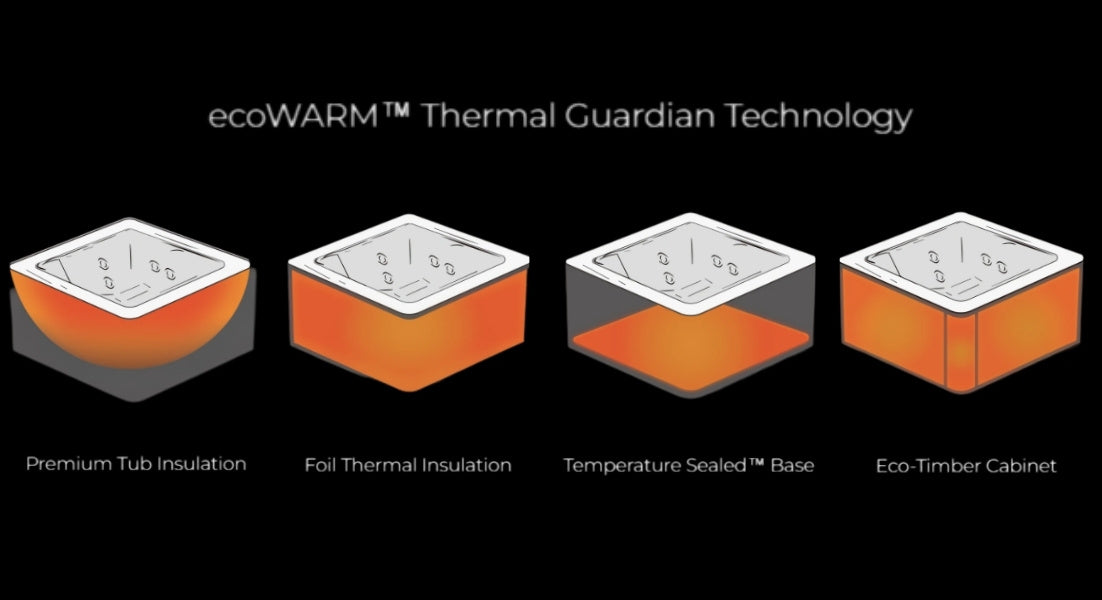
Share:
How to throw the perfect Christmas hot tub party
10 Benefits of Soaking in a Hot Tub